Usualmente en mi trabajo del día a día debo inspeccionar las plantas para ver si hay presencia de plaga o insectos que puedan perjudicar la cosecha, para ello debo ir planta por planta inspeccionando muy bien y detenidamente para observar cuanto han avanzando y que tanto daño han causado. Curiosamente se me ocurrió la idea de tomar algunas fotografías en modo macro para ver como se ve todo desde un punto de vista mas cerca, por su puesto se me dificulto un poco pues los insectos se mueven mucho y son casi microscópicos, pues los detalles de ellos no se pueden observar a simple vista.
Algunos de los insectos que sinceramente me sorprendieron un poco fueron los trips o piojos de las flores, aquellos que solo afectan las flores del pimentón y son transmisores de virus, se alimentan de la sabia y van debilitando las flores a tal punto de marchitarlas, se caen y es un futuro fruto perdido.
Tener una comunidad de 3-5 trips en cada flor es una condición normal, forma parte de este ecosistema, pero cuando las comunidades de piojos crecen y llegan a tener 20 trips por flor es algo alarmante, estos no suelen morir con el insecticida común, para eso debe ser un insecticida de contacto etiqueta azul que no sea perjudicial para la planta como es el caso del Exalt 60SC.
Usually in my day to day work I must inspect the plants to see if there is the presence of pests or insects that can damage the crop, for this I must go plant by plant inspecting very well and carefully to see how far they have advanced and how much damage they have caused. Curiously I had the idea of taking some pictures in macro mode to see how everything looks from a closer point of view, of course it was a little difficult for me because the insects move a lot and are almost microscopic, because the details of them can not be seen with the naked eye.
Some of the insects that sincerely surprised me a little were the thrips or flower lice, those that only affect the paprika flowers and are transmitters of viruses, they feed on the sap and weaken the flowers to the point of withering, they fall and it is a future lost fruit.
Having a community of 3-5 thrips in each flower is a normal condition, it is part of this ecosystem, but when the communities of lice grow and reach 20 thrips per flower it is alarming, these do not usually die with the common insecticide, for that it must be a blue label contact insecticide that is not harmful to the plant as is the case of Exalt 60SC.
Así que así lucen algunas flores afectadas por insectos que al parecer también migran hacia el fruto en crecimiento.
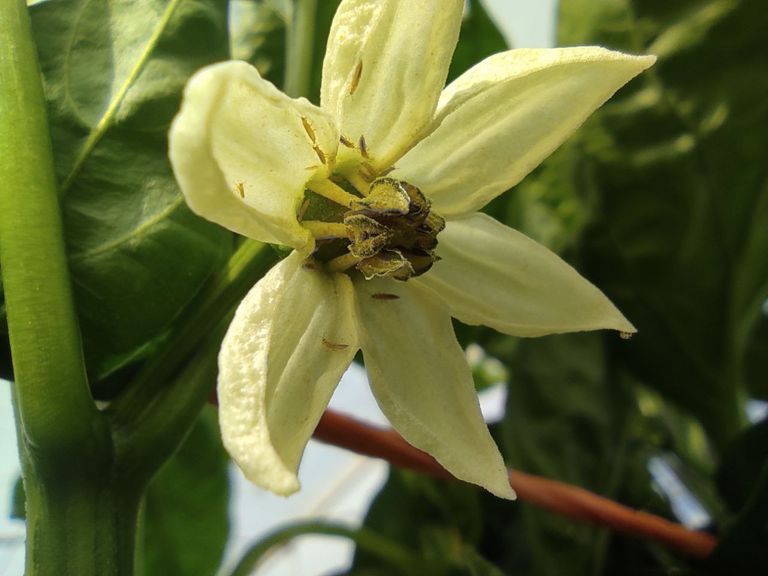
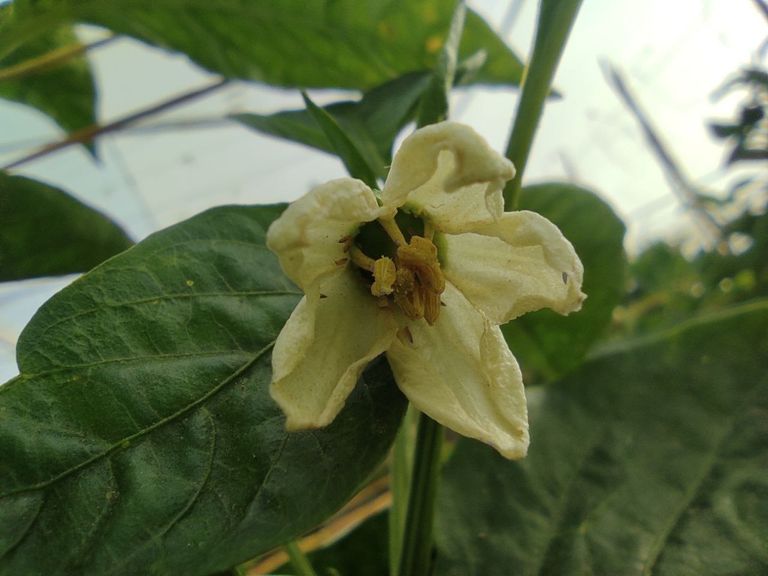
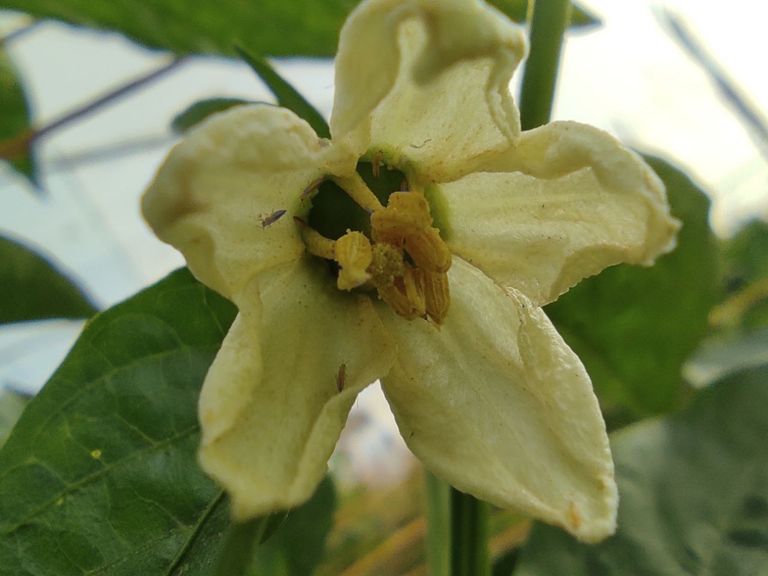

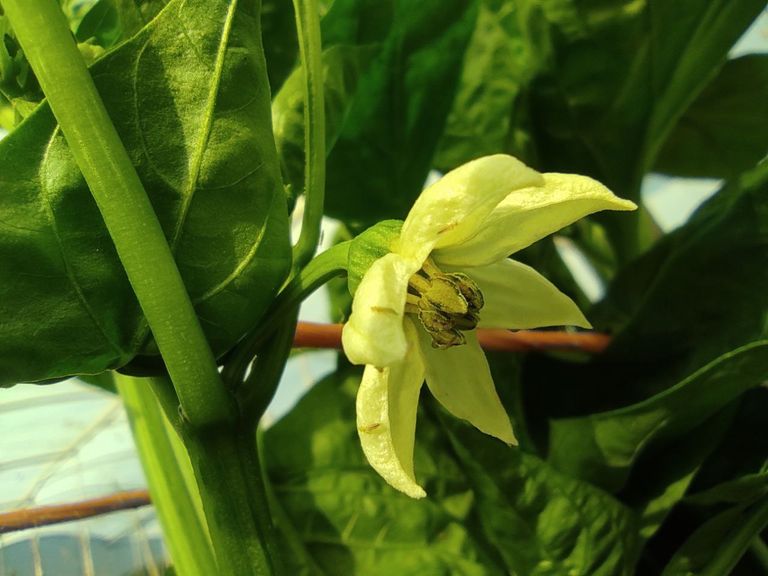
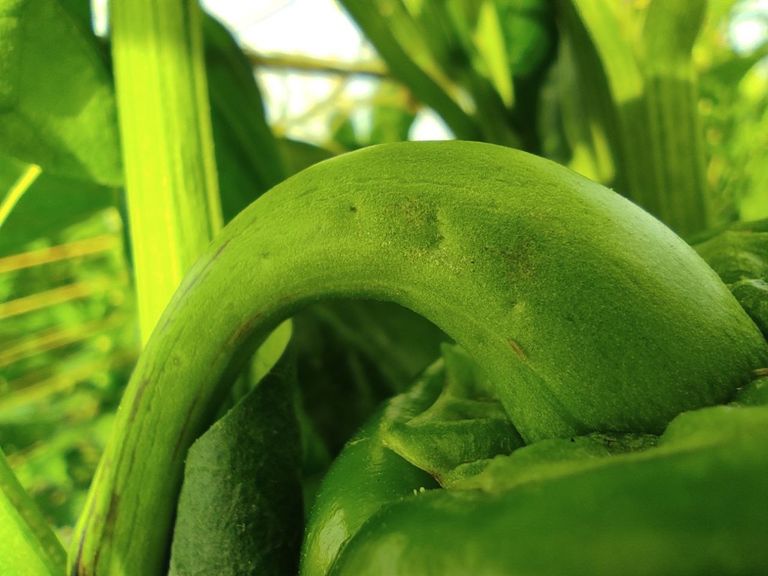
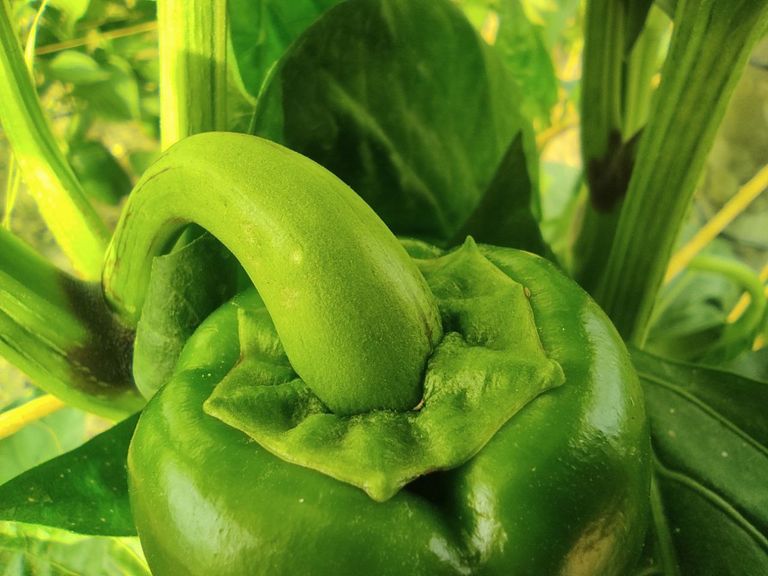
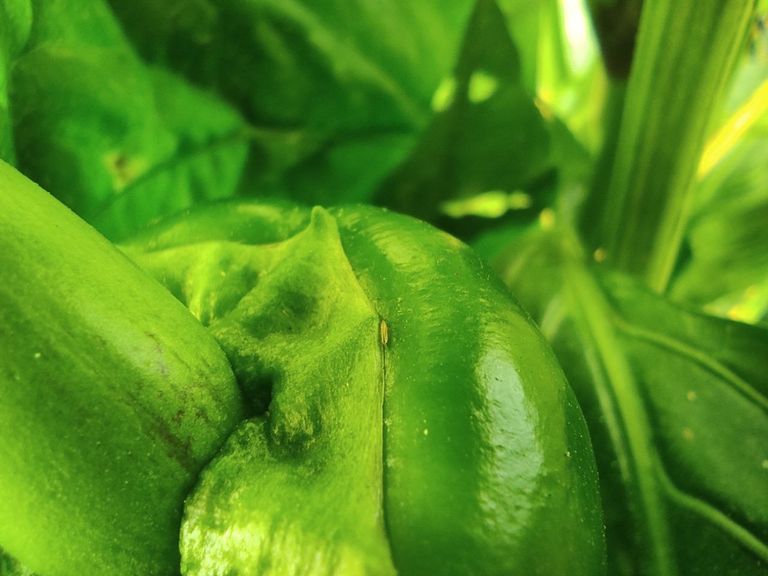
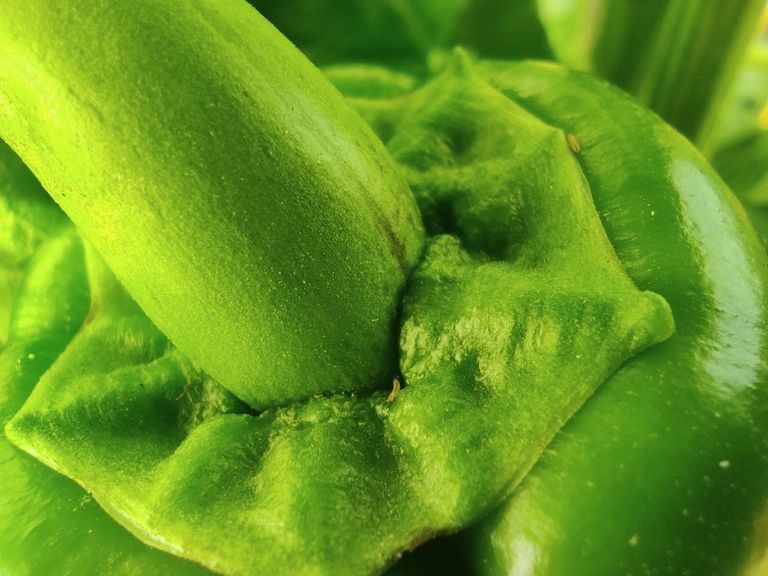
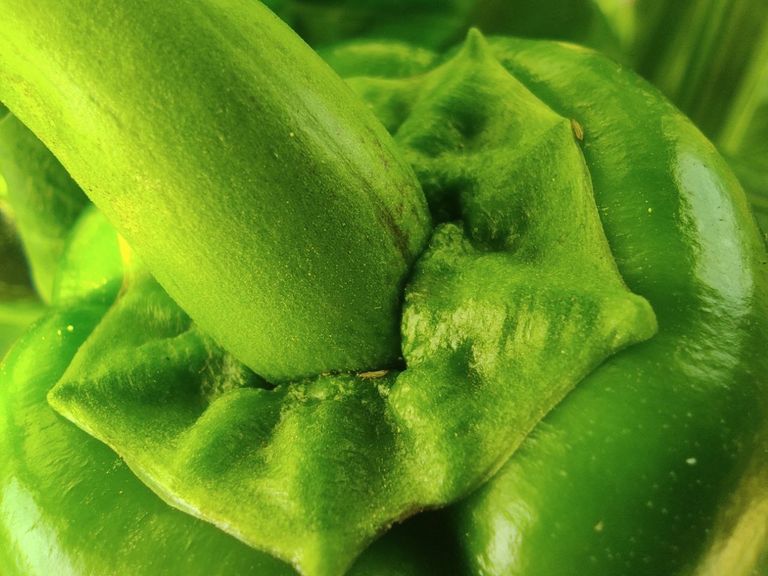
Los trips pueden afectar la planta de tal manera que el virus del TSWV, ToMV, TYLCV se transmita de plantas afectas a las que están completamente sanas, y esto se ve afectado en cuanto a producción, además de eso cuando la flor esta abierta completamente a las 10-11am comienzan a volar y afectan el resto de las flores.
En modo macro se ve como los patógenos afectan las hojas, flores y retoños de planta.
Thrips can affect the plant in such a way that the TSWV, ToMV, TYLCV virus is transmitted from affected plants to those that are completely healthy, and this is affected in terms of production, in addition to that when the flower is fully open at 10-11am they begin to fly and affect the rest of the flowers.
In macro mode you can see how the pathogens affect the leaves, flowers and shoots of the plant.
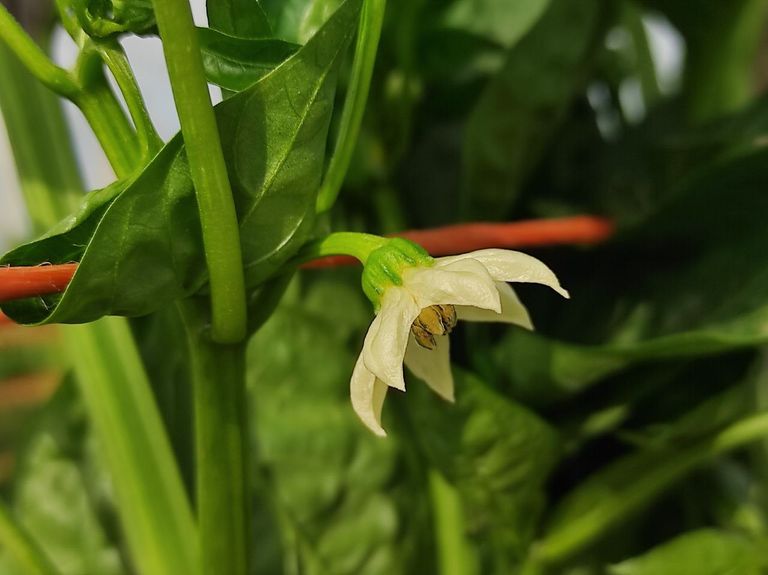
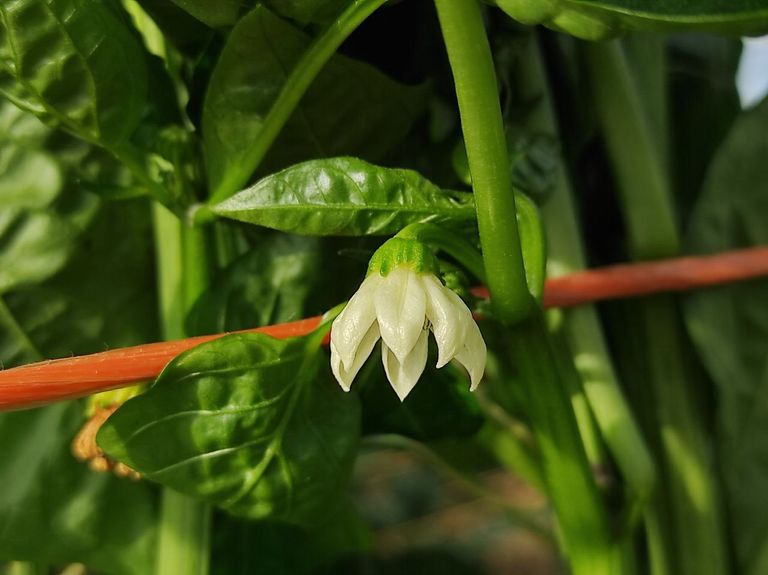
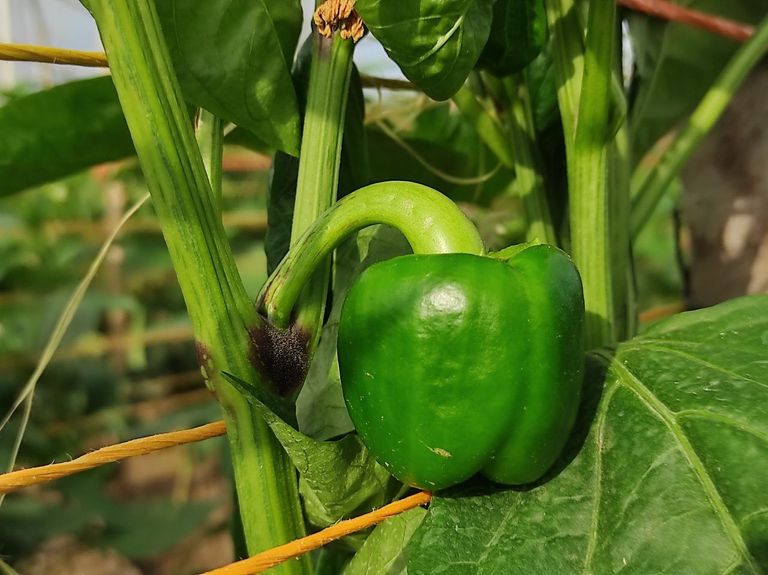
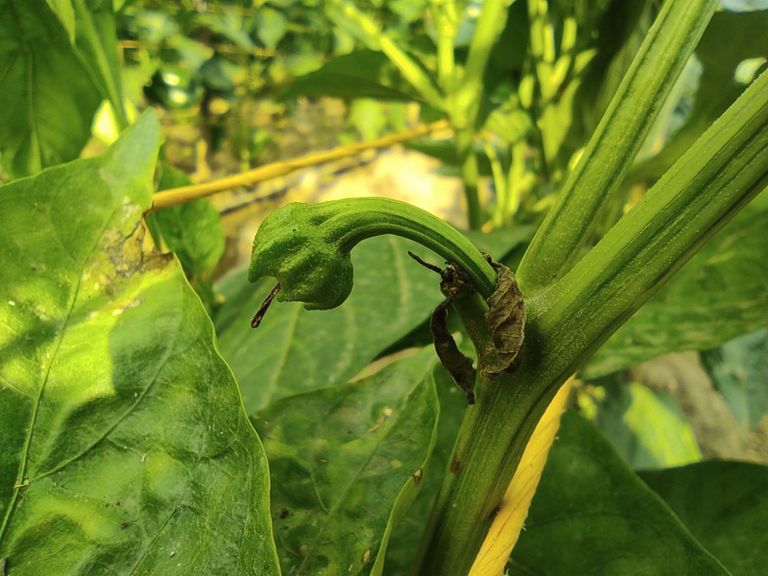
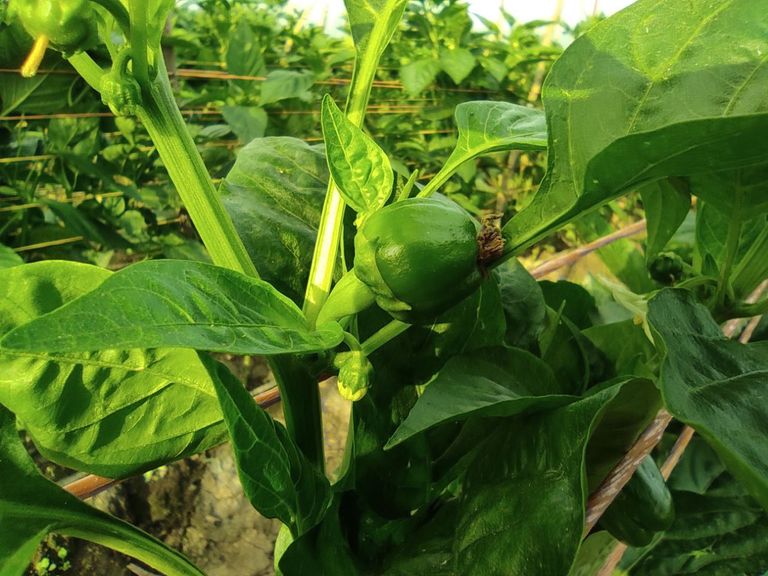


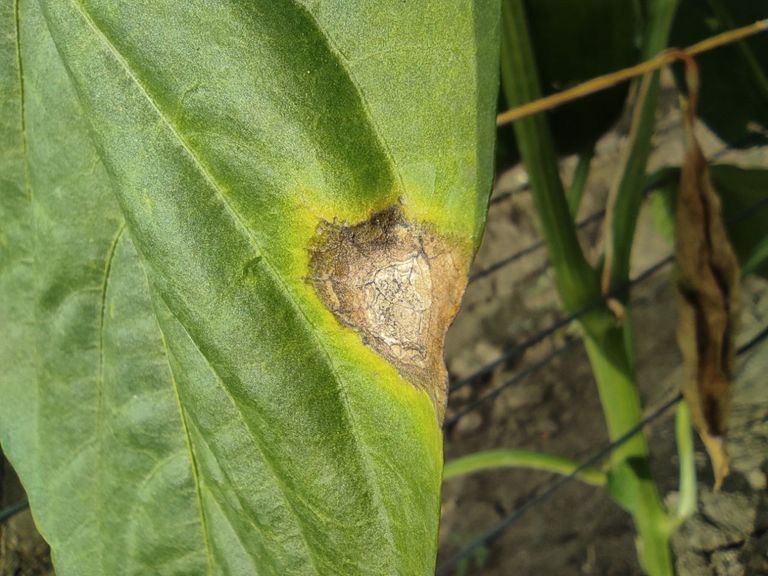
Otros insectos que se logran apreciar con las detalles son los gusanos cogolleros o spodoptera exigua y la tuta absoluta, que a simple vista se ve cuando han afectado el fruto, las flores o el tallo, ya que dejan un rastro.
El acaro blanco o mosca blanca, también es transmisora del virus, esta si solo se puede apreciar con un microscopio por que a simple vista se ve como un punto blanco volando sobre las plantas, esta población abunda aquí y hay millones de ellas, es una plaga incontrolable pero se puede mantener a raya.
Other insects that can be seen with the details are the codling moth or spodoptera exigua and the tuta absoluta, which can be seen with the naked eye when they have affected the fruit, flowers or stem, as they leave a trail.
The white mite or white fly is also a transmitter of the virus, this one can only be seen with a microscope because at first sight it looks like a white dot flying over the plants, this population is abundant here and there are millions of them, it is an uncontrollable pest but it can be kept at bay.
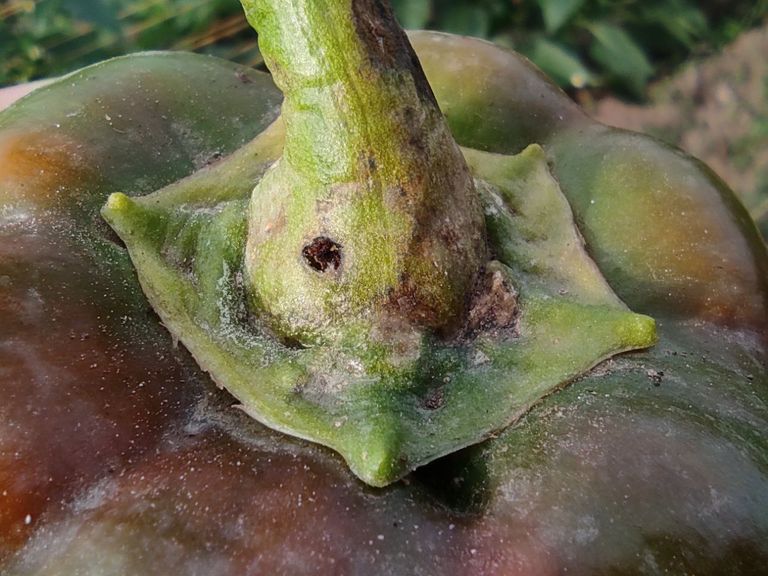
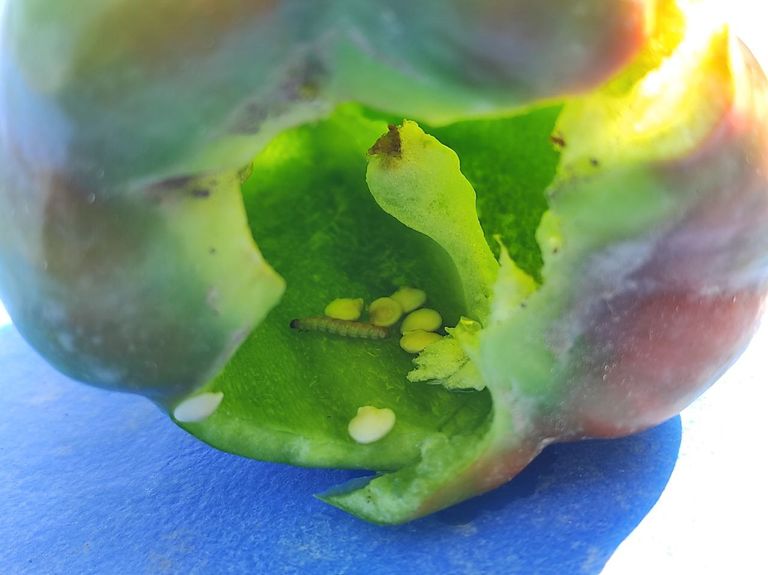
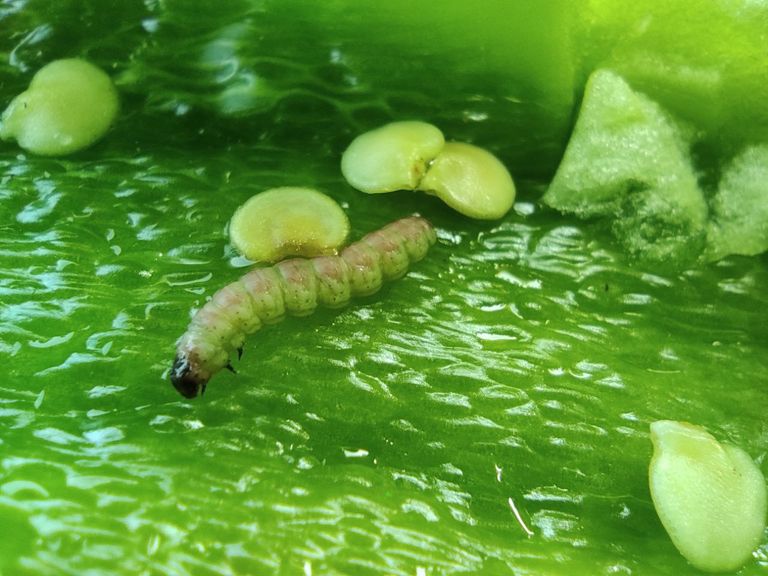
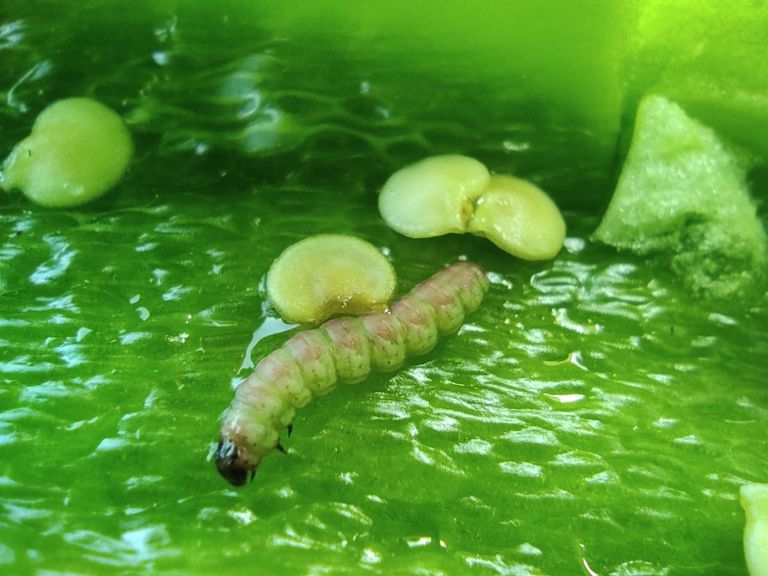
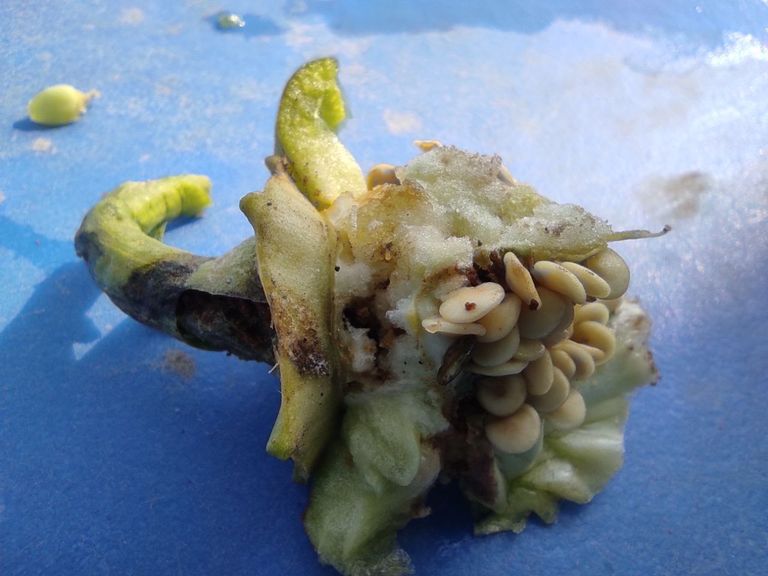
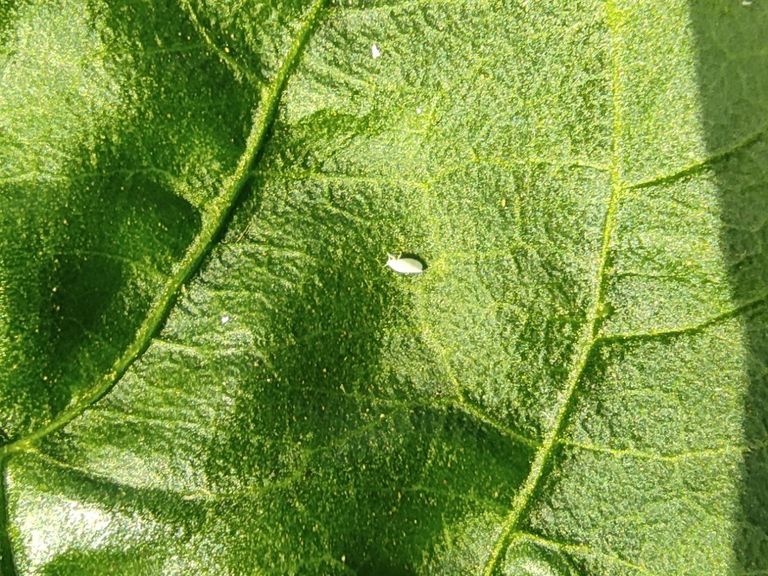
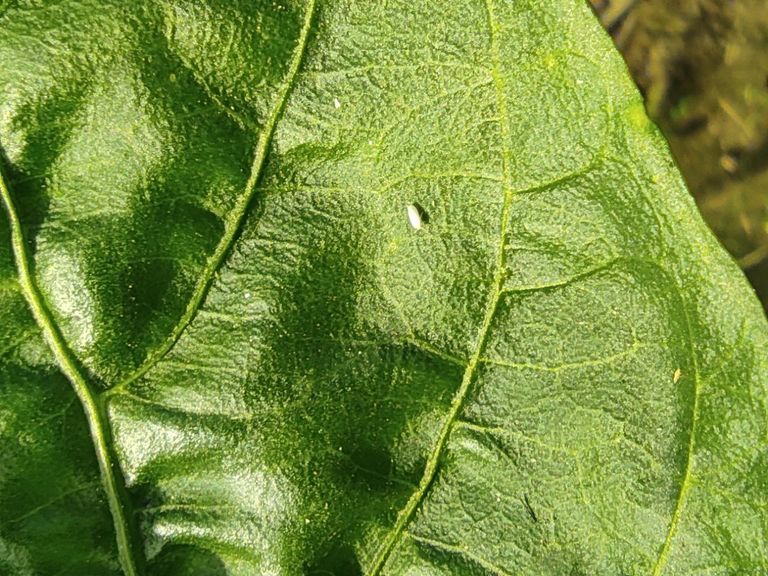
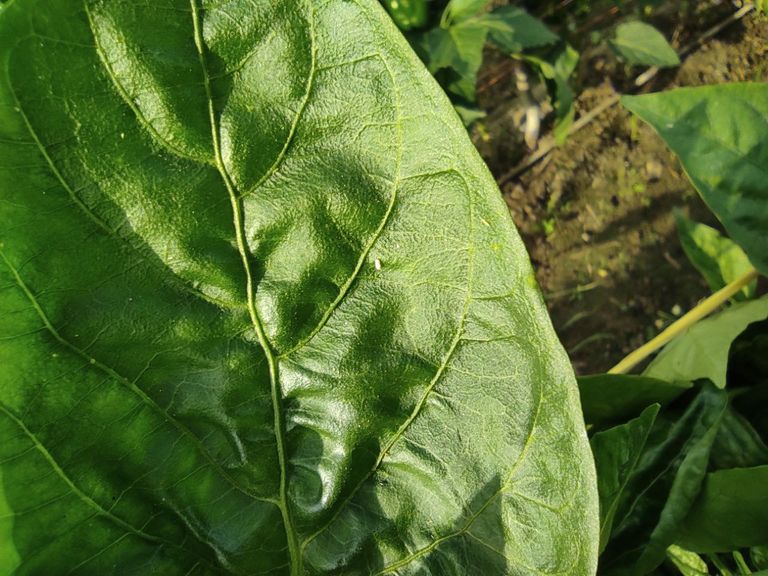

*This is what the white mite looks like when seen up close. *Así luce el acaro blanco visto de mas cerca
Soruce/Fuente
Las flores de las plantas del tomate son las menos afectadas por estos insectos, ya que los trips no suelen vivir en ellas, no tienen el espacio para ello, tampoco suele haber tanta presencia de gusanos, y los bellitos de la panta sirven de repelencia para algunos ácaros.
The flowers of tomato plants are the least affected by these insects, since thrips do not usually live in them, they do not have the space for it, there is not usually so much presence of worms, and the small flowers of the pome serve as a repellent for some mites.
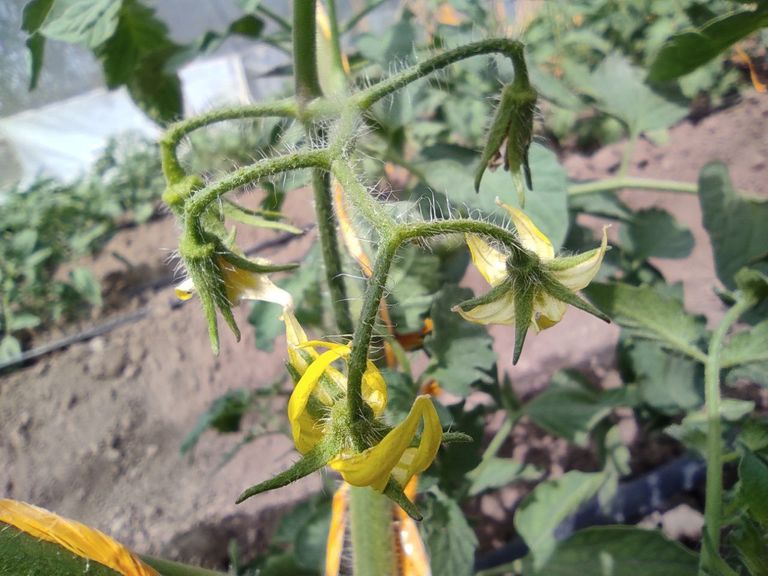
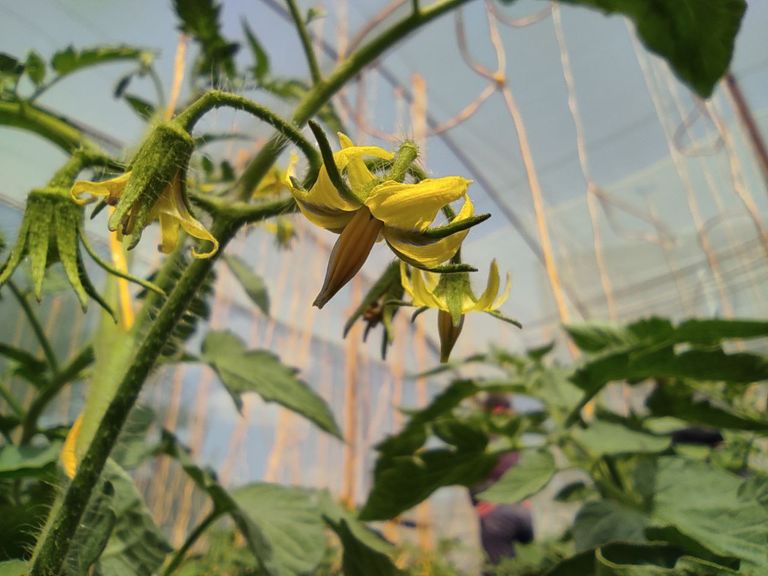
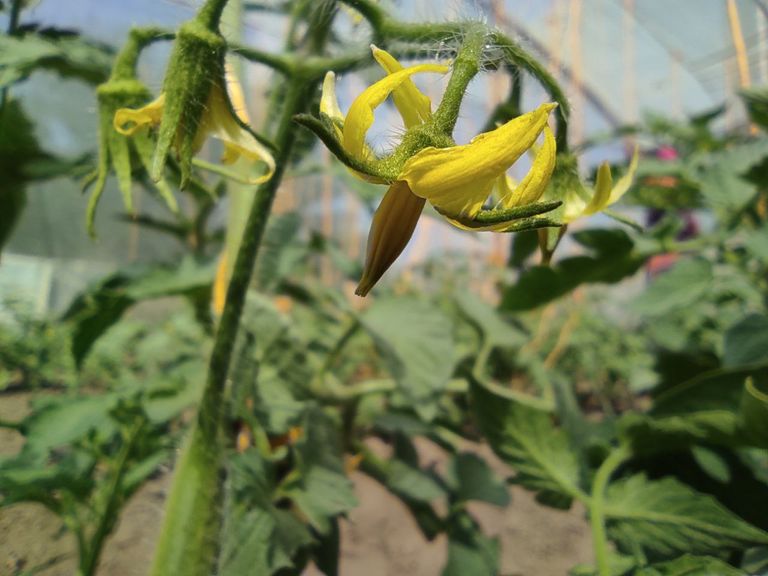
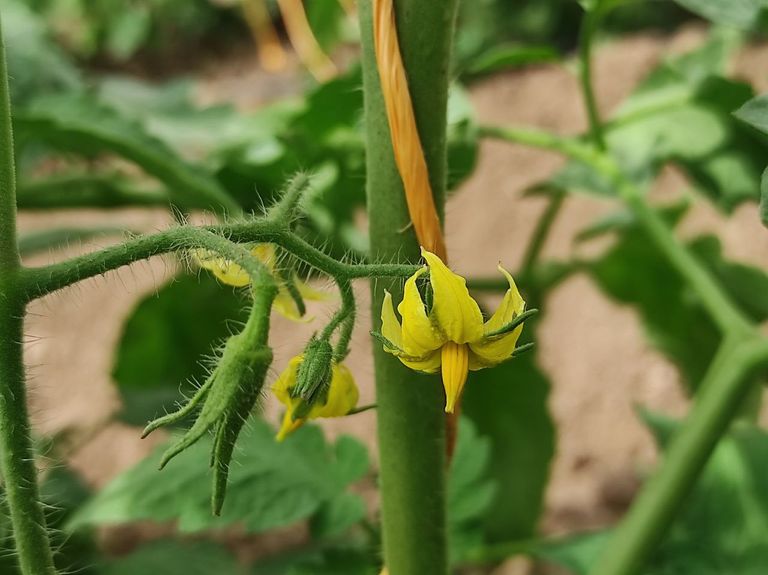
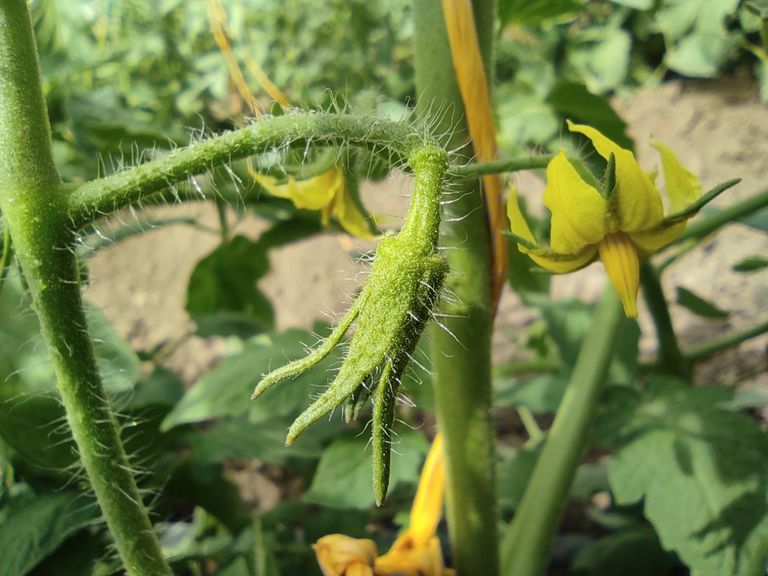
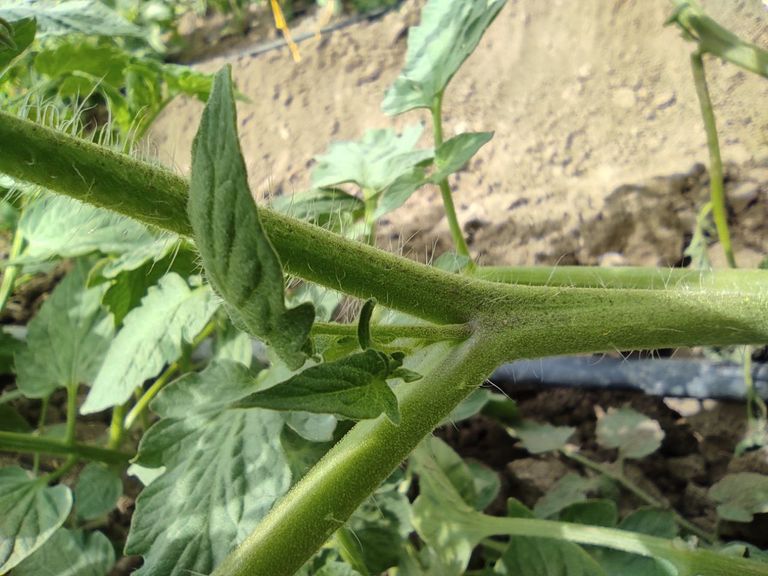
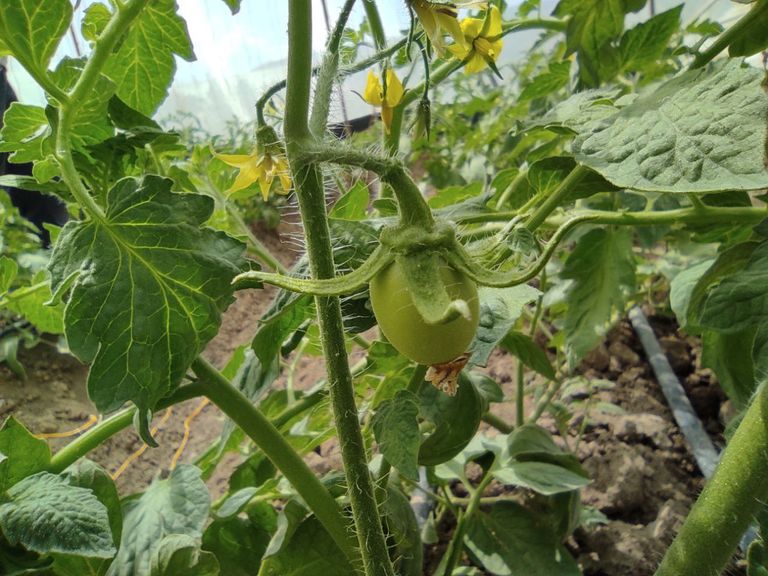
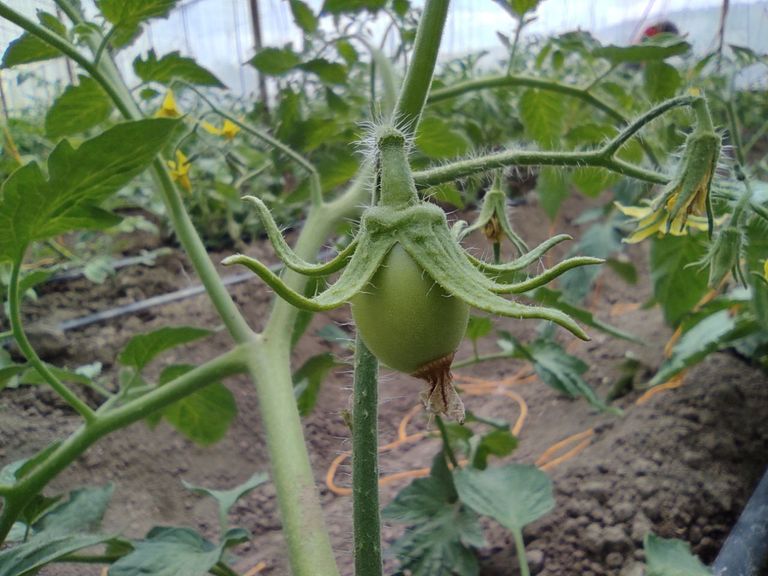
Note algo increíble, investigué sobre y hay algunas manchas de color morado en algunos tallos de las plantas, resulta que esto es carencia de fosforo y la planta lo informa de esta manera, además hay esporas allí que al parecer es el polen que dejan algunos insectos al entrar en las flores.
I noticed something incredible, I researched about and there are some purple spots on some stems of the plants, it turns out that this is phosphorus deficiency and the plant reports it this way, also there are spores there which apparently is the pollen left by some insects when they enter the flowers.
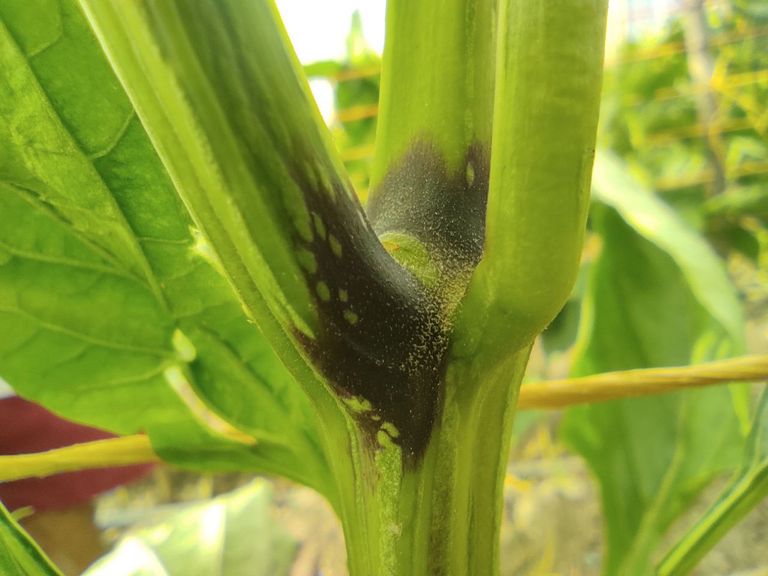
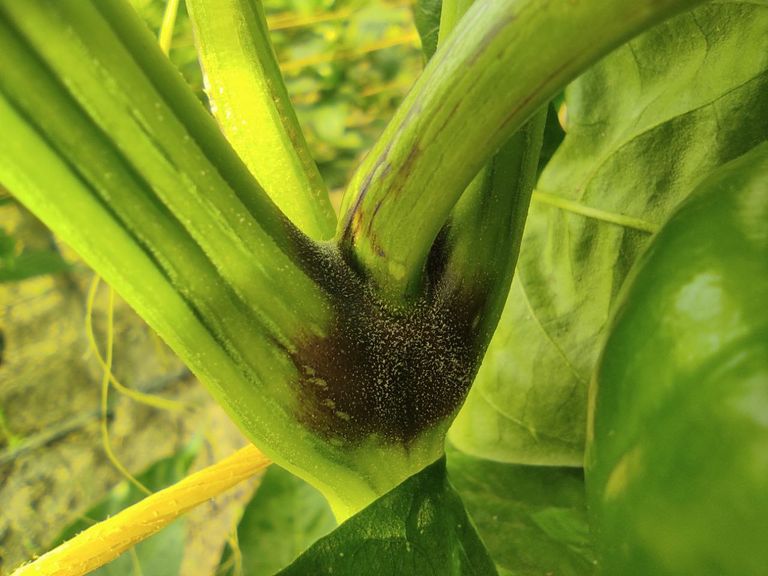
Así que es un pequeño vistazo de como se ve todo lo que me rodea en mi trabajo, sin embargo ni yo me imagine que se viera así, es interesante la verdad.
Todas las fotografías fueron tomadas con un dispositivo Xiaomi Redmi Note 9 Pro
La resolución de las imágenes fue comprimida en telegram pues no se subían aquí con la calidad original.
So it's a little glimpse of what everything around me looks like in my work, but I didn't even imagine it would look like this, it's interesting really.
All pictures were taken with a Xiaomi Redmi Note 9 Pro device.
The resolution of the images was compressed in telegram as they were not uploaded here with the original quality.
Congratulations, your post has been curated by @r2cornell-curate. Also, find us on Discord
Felicitaciones, su publication ha sido votado por @r2cornell-curate. También, encuéntranos en Discord
thank you @abiga554